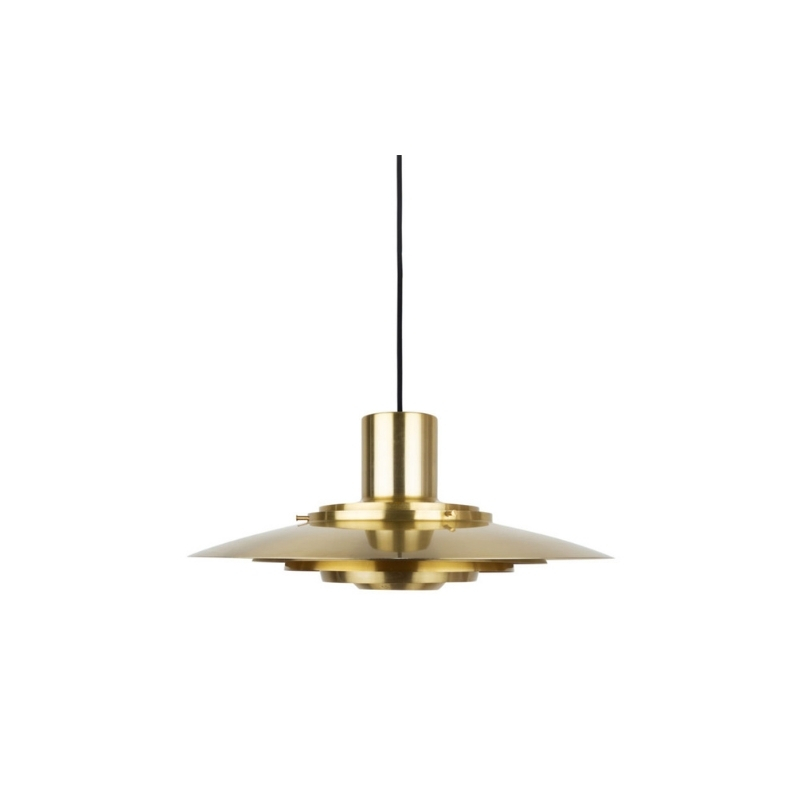Lit up
And a Rolls Royce is just a car......
When I said I would happily stand guard over the chair I assumed that it would be taken with a pinch of salt.
For example when you read a fictional book it doesnt mean it really happened or when Tom Cruise kills all the bad guys and deactivates a nuclear weapon he is not actually doing all these things he is just acting.
In you haste to reply to my response you forgot to leave your own thoughts on the OPs thread, an issue I am sure you will correct.
Lit do you live next door to me?
in between
I'm in between. I've sanded down and refinished mediocre pieces and given them new life. I've also left completely untouched a 1948 Evans Eames DCM (other than buffing the legs) because the patination was just delicious.
I think everyone seems to agree that "super rare" gets left alone.
The pieces that I have had...
The pieces that I have had restored are not rare pieces. They were actually on fairly yucky condition when I got them. The one was the table...the finish on it was attrocious. Water rings, scratches, slight water damage on top (looked like someone had spilled something and took a while to clean it up), and fading. I bought it because I could see the potential if it were refinished. This was not a piece any person would want to display as is. I had no qualms about fixing it up. The signs of use (or better word abuse) did NOT add character in this case. It made the table look like junk. I got the table for next to nothing at a junk store. I could tell it would be a fairly nice mid-century modern piece once refinished but it was nothing rare or anything.
And I have had several things reupholstered. I bought two nice chairs (which I'm fairly certain didn't have original upholstery anyway). They were not matching chairs just upholstered in the same material from the same owners. Anyhoo, the cats had obviously gotten to them. There was MAJOR shredding. So yes, I fixed them. Didn't see anything wrong with that and still don't. Also, got them for next to nothing considering their condition. Not sure about the designers on those pieces.
There are several things that I have that are not in perfect condition that I have NOT had refinished including Cado cabinets, Sarineen tulip dining table, sideboard, etc. I only fix up items that are really in bad condition. I don't mind a bit of wear and tear, but I don't want items that look like they belong in a junk shop. Junky items I fix, others I leave alone.
I confess to having touched up a Saarinen
Where the laminate top and wood meet,as the edge bevels under was horribly chipped when I got it.I masterfully touched it up with a cream colored benjamin moore paint,to blend perfectly.Most people would have just slapped on white paint,but I really took pains to match the tempered,patinaeted color,and didn't over apply it.Anyhow,it looks great.
One of things I always have...
One of things I always have noticed is that a lot of the patina achieved on "antiques" is part of the heating sources they used through much of the years of it's lifespan. Coal and wood burning are extremely dirty. I know this firsthand seeing as I have lived in Victorian and even older homes much of my life. All the soot and grime that comes from those sources ends up in that patina as the piece ages. It is IMPOSSIBLE to replicate this without being able to tell the piece has been refinished.
On the other hand the MCM pieces in most parts have not had to endure this dirty air as they've aged. They've just dealt with the standard particulates common in the average modern home. There would be no way for them to achieve a patina like a much older piece. So in saying, if you have a MCM piece in fairly poor to rundown condition it's not anywhere near as difficult to reproduce an excellent authentic refurb. On many pieces there isn't much of a patina to have to replicate...chairs tend to have a better chance of having a patina because of more hand contact. In fact I find it easy with the clean lines of MCM, granted I haven't messed with any tambour doors.
The most important thing to remember is Wood is beautiful anyway it is. The best thing to do is preserve it the best you can and if that means refurbing a piece, at least you've breathed life back into for another 50 years.
I did the same thing
to my Saarinen chairs where there was chipping around the edge of the bases. I had to go to four different places to get paint mixed that matched the patina of the finish properly. I also had to take in to account the eggshell finish of the chairs. The people at my Benjamin Moore couldn't do it.
Home Depot was the winner in this situation.
Restoration vs. conservation
Conservation treatments are intended to be easily reversible without damage to the original fabric or surfaces of the object or artifact with the understanding that future treatment techniques and approaches will change.
What tulipman is referring to, I think, is surface cleaning and/or removal of old discolored varnish that was traditionally applied to oil paintings as a protective layer and to impart a consistent overall color saturation and sheen.
The ultimate in conservation.
I heard about this last year. I'm not sure whether they've completed it yet, but it's really cool: a conservation treatment that can be removed by simply flipping a switch.
The Wall Street Journal article linked below describes how a team of conservators are correcting Mark Rothko's Harvard murals by projecting onto them a computer-generated image that adds back in what the paintings have lost through 40+ years of fading and damage.
http://online.wsj.com/article/SB1000142405274870485200457525887225321581...
If you need any help, please contact us at – info@designaddict.com









